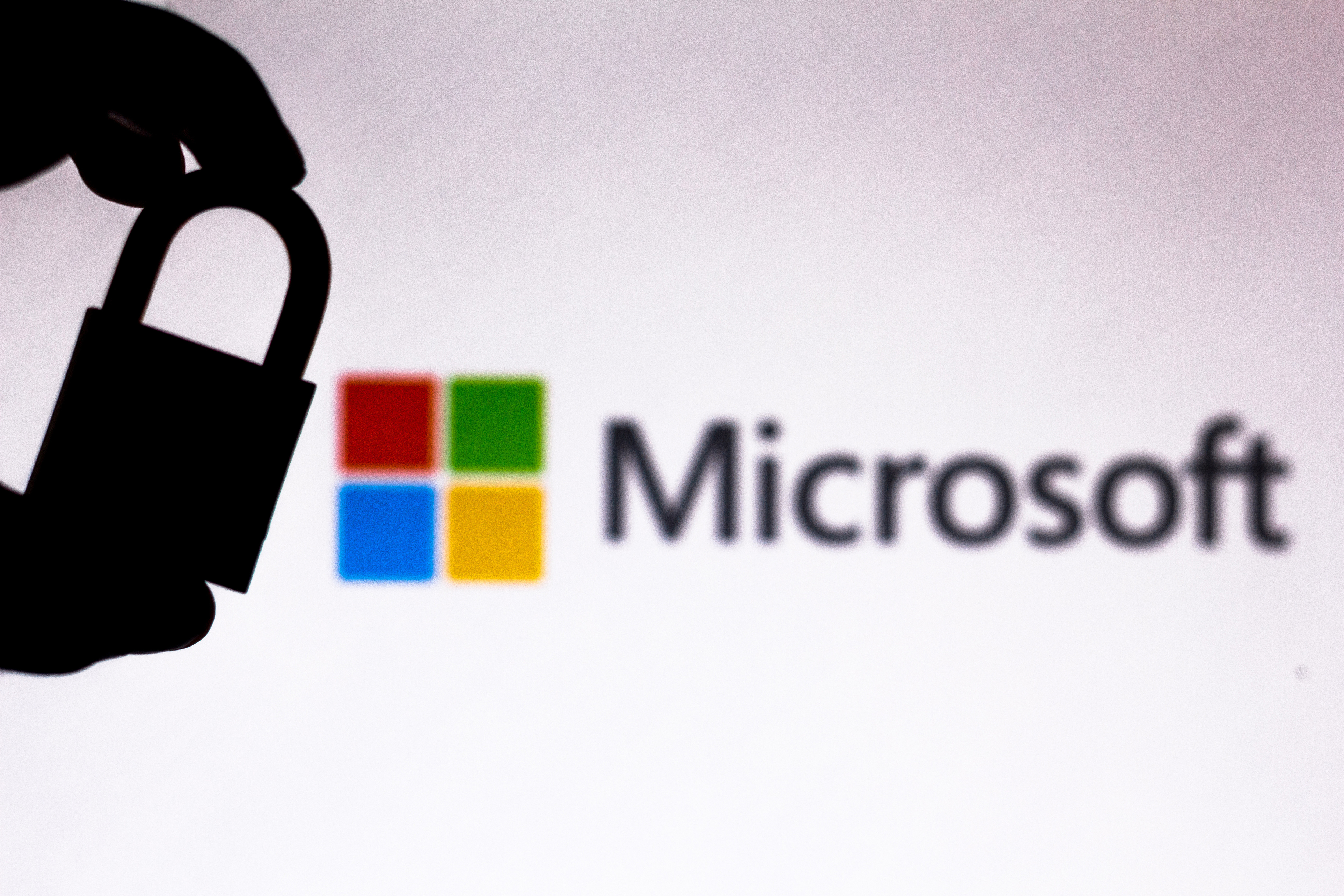Sophos fixes firewall bug being actively exploited in SQL injection attacks
Customised 'Asnarok’ malware targeted virtual and physical firewalls to attempt to exfiltrate user information


Hackers have been exploiting a previously unknown vulnerability in Sophos XG devices to launch SQL injection attacks to steal usernames and hashed passwords of user accounts.
The British security firm last week encountered an XG Firewall with a suspicious field value visible in the management interface before launching an immediate investigation that resulted in the discovery of an ongoing attack.
The vulnerability was being exploited through a SQL injection attack, a code injection technique used to attack data-driven services, in which malicious SQL statements are inserted into an entry field for malicious execution.
Sophos released a hotfix for the remote code execution flaw to all users, notifying those whose devices were compromised.
"The attack used a previously unknown pre-auth SQL injection vulnerability to gain access to exposed XG devices," the company said in a post. "It was designed to exfiltrate XG Firewall-resident data. Customers with impacted firewalls should assume the data was compromised."
"The data exfiltrated for any impacted firewall includes all local usernames and hashed passwords of any local user accounts. For example, this includes local device admins, user portal accounts, and accounts used for remote access."
Further investigation revealed that the culprit was Asnarok malware, which is known to target firewalls. The infection process started when an attacker discovered the zero-day flaw, which allowed them to introduce a one-line command into a database table.
Get the ITPro daily newsletter
Sign up today and you will receive a free copy of our Future Focus 2025 report - the leading guidance on AI, cybersecurity and other IT challenges as per 700+ senior executives
An affected device was then triggered into downloading a Linux shell script from a remote server on a malicious domain, which ran a series of SQL commands and dropped additional field into the virtual file system. This paved the way for the rest of the attack.
A process of shell scripts was activated one after another to bring the attack to a point where the malware downloaded and executed a file named Sophos.dat, which was primarily aimed at exfiltrating data.
The malware aimed to retrieve the contents of various database tables stores in the firewall by running some operating system commands. The malware collected information at each step and then linked this into a file stored on the firewall. The malware then triggered a mechanism to exfiltrate the data.
Information including the firewall’s license and serial number, and a list of the email addresses of user accounts stored on the device as well as the primary email belonging to the administrator’s account.
Names, user names, encrypted passwords and salted SHA256 hash of the administrator account’s password may have been stolen, as well as a list of user IDs that were allowed to use the firewall for SSL VPN and a ‘clientless’ VPN connection.
Beyond releasing a fix, Sophos has taken a number of steps including blocking domains found in its forensic analysis of the attack, and IP addresses associated with the attack.
The company has also submitted a CVE request and plans to add the CVE number to its published materials.

Keumars Afifi-Sabet is a writer and editor that specialises in public sector, cyber security, and cloud computing. He first joined ITPro as a staff writer in April 2018 and eventually became its Features Editor. Although a regular contributor to other tech sites in the past, these days you will find Keumars on LiveScience, where he runs its Technology section.
-
 Should AI PCs be part of your next hardware refresh?
Should AI PCs be part of your next hardware refresh?AI PCs are fast becoming a business staple and a surefire way to future-proof your business
By Bobby Hellard Published
-
 Westcon-Comstor and Vectra AI launch brace of new channel initiatives
Westcon-Comstor and Vectra AI launch brace of new channel initiativesNews Westcon-Comstor and Vectra AI have announced the launch of two new channel growth initiatives focused on the managed security service provider (MSSP) space and AWS Marketplace.
By Daniel Todd Published
-
 The threat prevention buyer's guide
The threat prevention buyer's guideWhitepaper Find the best advanced and file-based threat protection solution for you
By ITPro Published
-
 Supply chain as kill chain
Supply chain as kill chainWhitepaper Security in the era Zero Trust
By ITPro Published
-
 Microsoft under fire for “negligent” security practices in scathing critique by industry exec
Microsoft under fire for “negligent” security practices in scathing critique by industry execNews Microsoft took more than 90 days to issue a partial fix for a critical Azure vulnerability, researchers found
By Ross Kelly Published
-
 Apple patches zero day linked to spyware campaign
Apple patches zero day linked to spyware campaignNews Kaspersky researchers were the first to report a zero day used in a sophisticated attack chain
By Rory Bathgate Published
-
 MOVEit cyber attack: Cl0p sparks speculation that it’s lost control of hack
MOVEit cyber attack: Cl0p sparks speculation that it’s lost control of hackNews The hackers return with their second major data-extortion attack of 2023, but may have bitten off more than they can chew
By Connor Jones Published
-
 Microsoft says it knows who was behind cyber attacks on MOVEit Transfer
Microsoft says it knows who was behind cyber attacks on MOVEit TransferDozens of organizations may have already lost data to hackers exploiting the critical flaw
By Rory Bathgate Published
-
 Trend Micro security predictions for 2023
Trend Micro security predictions for 2023Whitepaper Prioritise cyber security strategies on capabilities rather than costs
By ITPro Published
-
 Windows, macOS, and Tesla exploits debuted at Pwn2Own hacking contest
Windows, macOS, and Tesla exploits debuted at Pwn2Own hacking contestNews Researchers took home more than $375,000 in winnings on the first day of the competition
By Ross Kelly Published